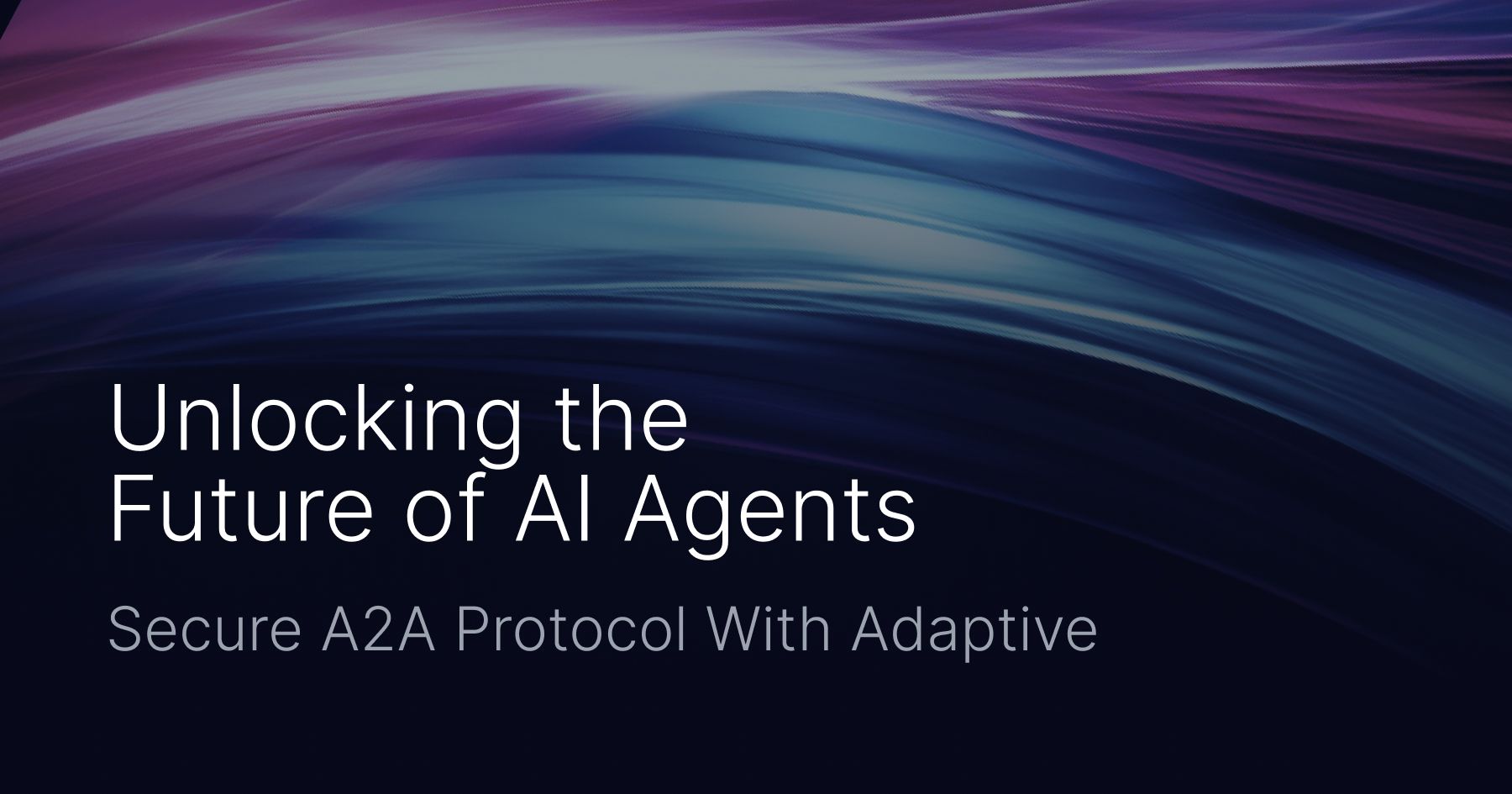Unlocking the Future of AI Agents: Secure A2A Protocol With Adaptive

Unlocking the Future of AI Agents: Secure A2A Protocol With Adaptive
Introduction
In a major leap forward for artificial intelligence, Google has unveiled the Agent-to-Agent (A2A) protocol—an open standard designed to enable seamless interoperability between AI agents across different platforms, languages, and systems. As organizations increasingly adopt multi-agent AI ecosystems, the need for secure, structured communication becomes essential.
That’s where Adaptive, a zero-trust access management platform, comes into play. It complements A2A by enforcing security, compliance, and data privacy as agents collaborate and exchange sensitive information. Together, A2A and Adaptive are defining the next generation of secure, interoperable AI workflows.
What Is the A2A Protocol?
The A2A (Agent-to-Agent) protocol, introduced by Google, is an open framework designed to:
- Enable AI agents to discover each other
- Communicate securely and efficiently
- Share tasks, context, and responsibilities
- Coordinate actions in real time
A2A is built on web-native technologies such as HTTP, JSON-RPC, and Server-Sent Events (SSE), making it easily adoptable in cloud-native environments. The protocol is designed for low-latency, language-agnostic agent communication, helping organizations avoid vendor lock-in while building complex agent-based systems.
Why A2A Matters for the Future of AI
As AI evolves beyond single large models into multi-agent ecosystems, the need for open, flexible communication becomes critical. A2A allows developers and enterprises to:
- Integrate AI agents from different vendors
- Automate complex workflows
- Scale intelligent systems securely
This opens doors for AI agents to work together across departments, applications, and even across organizations, enabling interoperable intelligence at scale.
Adaptive: Enabling Secure A2A Workflows
While A2A enables agent communication, Adaptive ensures that these interactions happen securely, compliantly, and with full visibility.
Key Adaptive Features:
- 🔒 Granular Access Controls: Define precise permissions for each agent and data stream.
- 🧠 Just-in-Time (JIT) Access: Agents receive temporary, least-privilege access for only the time needed.
- 🛡️ Data Masking & Tokenization: Protect sensitive data from overexposure during inter-agent communication.
- 📜 Audit Trails: Maintain logs for every interaction—critical for regulatory compliance and threat detection.
- 🔧 API-First & Cloud-Native: Easily integrates with Terraform, CI/CD pipelines, and SSO solutions.
By layering Adaptive over A2A, enterprises can ensure their agent workflows are not only interoperable but also secure, compliant, and auditable.
Use Case: A2A + Adaptive in Enterprise Automation
Imagine a scenario where multiple AI agents are deployed across your organization:
- One handles customer support.
- Another manages billing reconciliation.
- A third monitors cybersecurity.
Using A2A, these agents can coordinate to resolve customer issues end-to-end. With Adaptive, access to sensitive data (e.g., billing info, user identities) is tightly controlled, monitored, and encrypted—ensuring privacy and compliance throughout the process.
Secure, Scalable AI Agent Interoperability
The A2A protocol by Google is paving the way for intelligent agent interoperability, while Adaptive provides the security backbone needed for enterprise-grade AI deployments.
If your organization is building an AI agent ecosystem, pairing Google’s A2A with Adaptive's secure access controls gives you the power to scale with confidence—without sacrificing control or compliance.
Contact us at info@adaptive.live
 SOC2 Type II
SOC2 Type II

